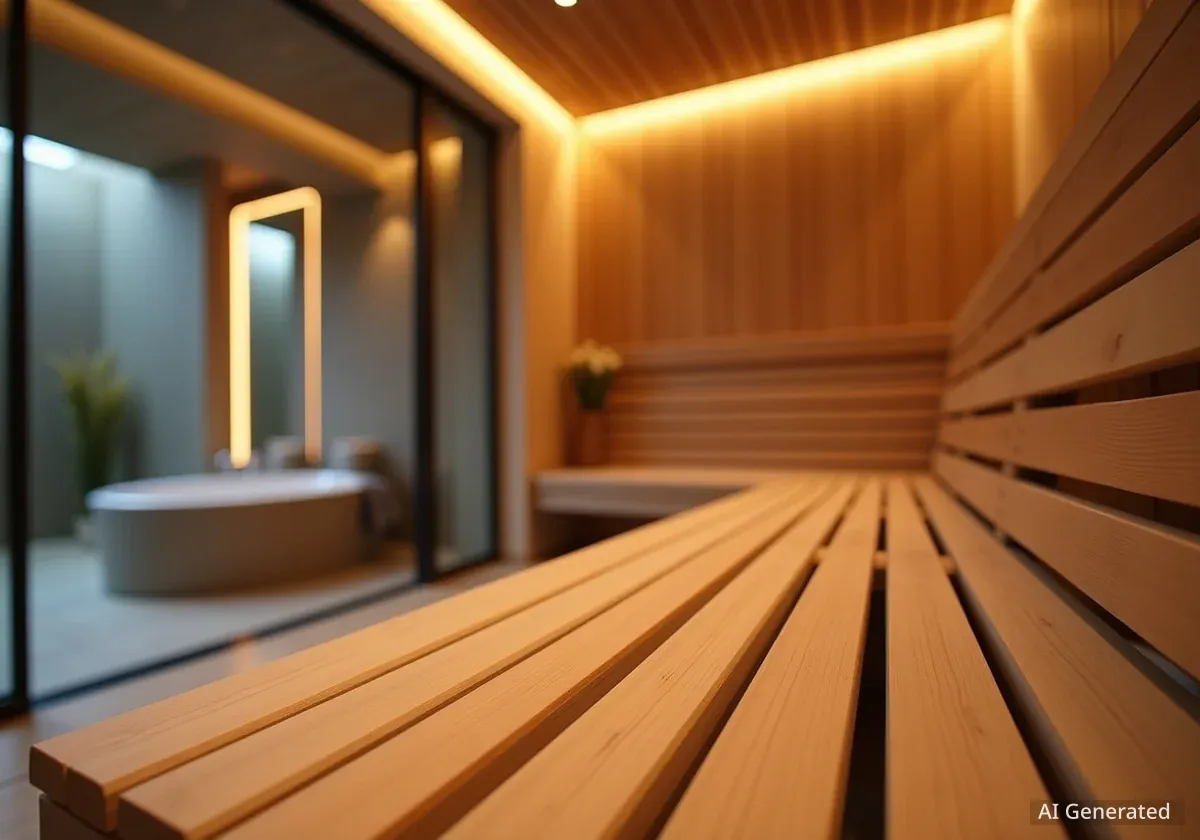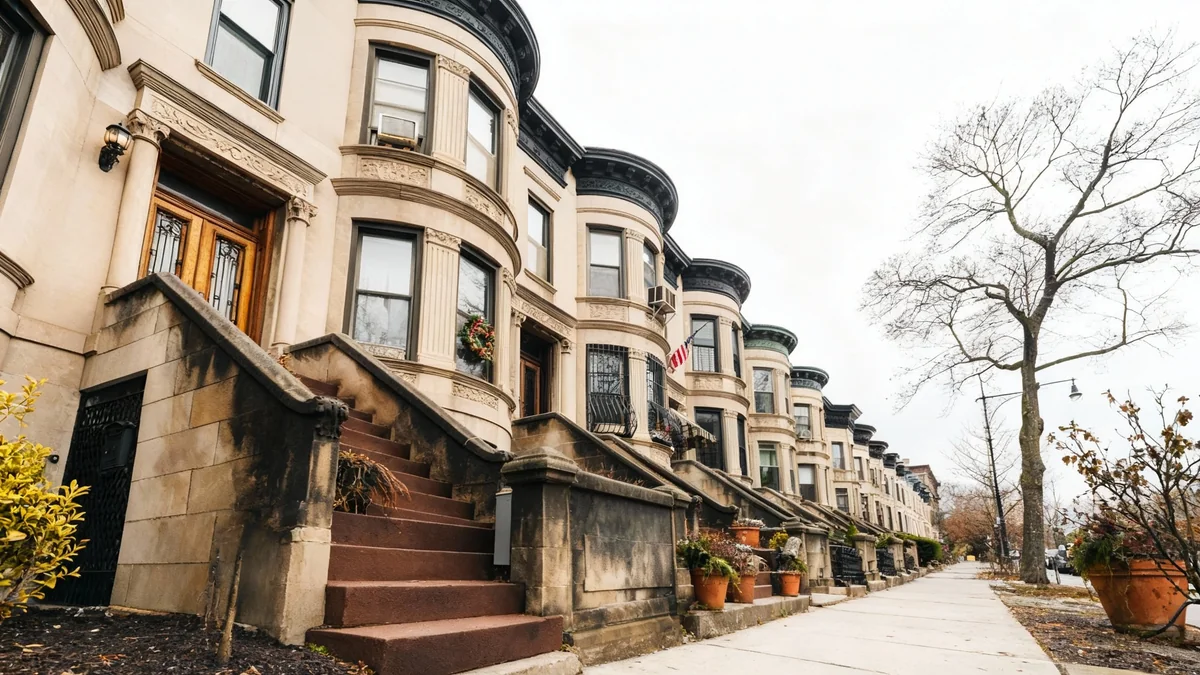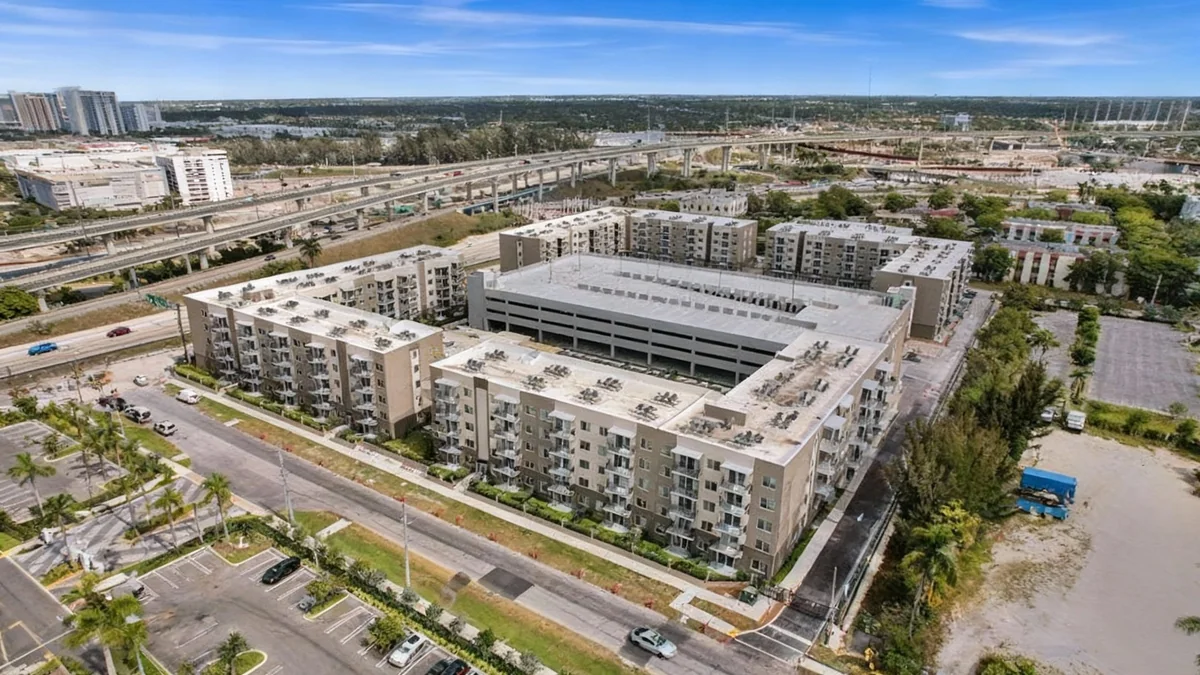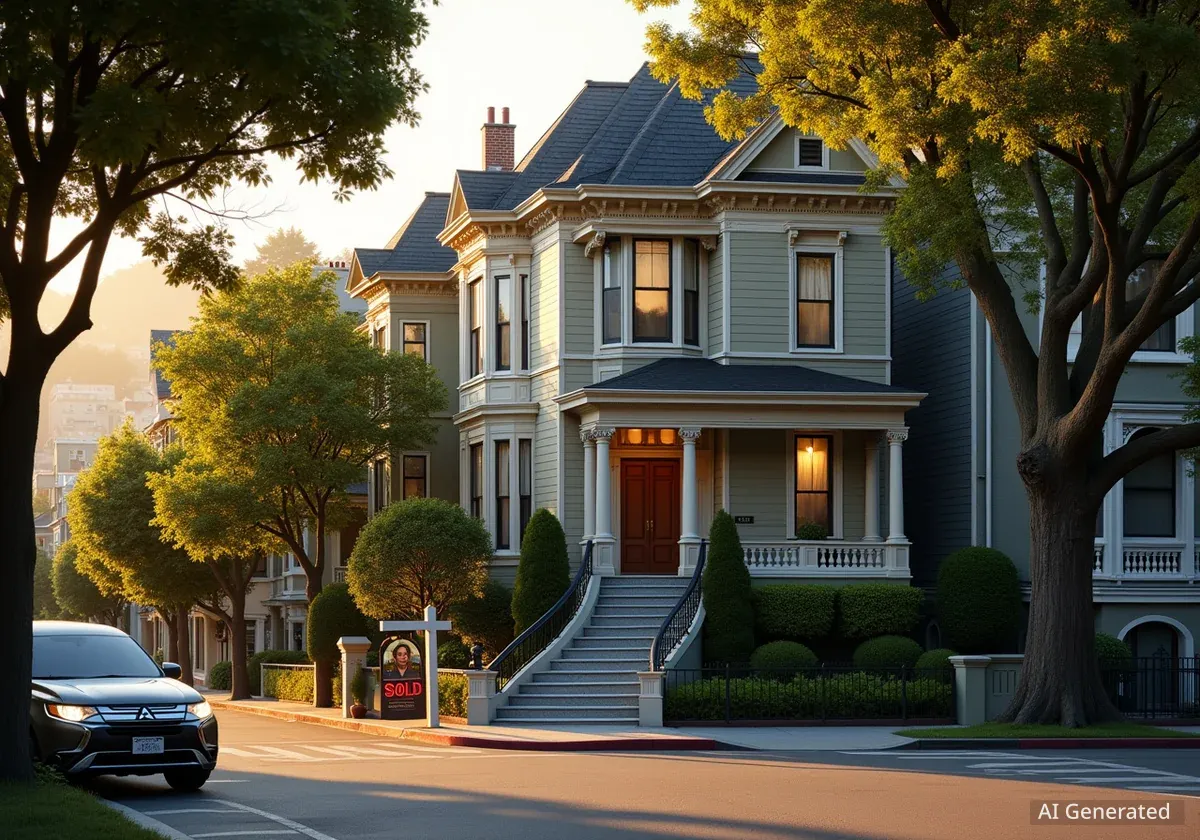A growing number of homeowners are installing private saunas, transforming their properties into personal wellness retreats. This trend reflects a broader shift in luxury real estate, where amenities focused on health, longevity, and convenience are becoming increasingly important for affluent buyers.
Key Takeaways
- Home saunas are becoming a highly sought-after feature in luxury homes and new developments, driven by a focus on wellness and privacy.
- Costs for home saunas range from approximately $2,500 for basic models to over $100,000 for high-end, custom-built installations.
- Developers in major markets like New York and Miami are now incorporating comprehensive wellness centers with saunas, steam rooms, and cold plunges to attract buyers.
- The demand spans multiple demographics, including older professionals focused on longevity and younger buyers prioritizing health-conscious lifestyles.
The Rise of At-Home Wellness Sanctuaries
For some homeowners, the convenience and privacy of a personal sauna outweigh the benefits of a gym or spa membership. This is the case for Brian and Kristi Culhane, who have invested hundreds of thousands of dollars into health amenities for their 10,000-square-foot home in Scottsdale, Arizona.
Their property includes a steam room, a cold plunge pool, and a hyperbaric oxygen chamber. However, the centerpiece is a custom-built, room-sized sauna that cost approximately $100,000. The sauna was constructed by Spa Steam and Sauna, a company that also supplies luxury hotels like the Ritz-Carlton.
"Having one at home saves us hours a day," said Brian Culhane, the 50-year-old cofounder of eXp Realty. "We're not even working out as much."
The family uses the space daily for activities like yoga and aromatherapy. His wife, Kristi Culhane, a 49-year-old real estate agent, highlighted the value of privacy. "You go to the sauna, and there are so many people there," she explained, referencing a recent hotel stay. "I can't really do my own thing."
A Broader Shift in Home Design
The increasing popularity of home saunas is part of a larger movement known as "wellness design." This approach prioritizes features that support physical and mental health within the home environment. As Americans place more emphasis on longevity and well-being, residential properties are evolving to include amenities previously found only in exclusive spas or health clubs.
Understanding the Costs and Customization
The price for installing a home sauna varies significantly based on size, materials, and features. According to the home services marketplace HomeAdvisor, the average installation cost falls between $2,500 and $7,000, with many homeowners spending around $3,100.
Prefabricated sauna kits represent the entry-level market, typically costing between $1,000 and $5,000. In contrast, custom-built models can easily exceed $10,000 and, as seen with the Culhanes, can reach six figures for elaborate designs.
Scientific Backing for Sauna Use
Research has linked regular use of traditional Finnish-style saunas with several health benefits. Studies suggest potential improvements in cardiovascular health, enhanced sports endurance, and stronger immune function. Some research also indicates a possible connection to a lower risk of developing Alzheimer's disease and dementia.
From Simple Rooms to Spa Suites
Builders are seeing a demand for increasingly sophisticated sauna installations. Wes McMahon, owner of Idaho-based Sun Valley Saunas, noted that his clients are creating complete spa-like environments in their homes.
"There are custom projects where a homeowner has a really nice bathroom and we're just adding a steam room and a sauna to the space," McMahon said. He added that luxury homeowners are opting for large, outdoor traditional saunas made from thermally modified wood. "Some of them have WiFi controls, changing rooms, and porches — some of them look like tiny houses."
Developer Response to Market Demand
Real estate developers across the country are taking note of this trend, using wellness amenities to gain a competitive edge in luxury markets. In cities like New York and Miami, new residential buildings are frequently designed with comprehensive wellness centers.
Lisa Simonsen, a luxury broker with Brown Harris Stevens in New York, described saunas and cold plunges as a "hot commodity." She observed that for some prospective buyers, the availability of these amenities is a deciding factor. "Some buyers won't give up their Equinox membership unless they have saunas in their buildings," Simonsen stated.
Catering to All Age Groups
The interest in wellness amenities is not limited to one generation. Ivan Chorney, a luxury real estate specialist with Compass in Southeast Florida, said many of his older, high-earning clients are focused on longevity.
"We're all so hyper-focused on longevity, because we want to be around for our kids and our grandkids," Chorney, 50, explained.
However, Simonsen pointed out that younger buyers are equally interested. "My son's 18, and having wellness amenities is very important to him," she said. "The 20 to 30-year-old age group finds it extremely important, too."
The Future of Wellness in Real Estate
The integration of wellness is becoming more advanced. Chorney mentioned that developers in Miami are creating dedicated wellness areas within homes that include features like sound baths, crystal caves, and red light therapy rooms.
He recently purchased a condo at The Well at Coconut Grove, a Miami project scheduled for completion in 2028 that markets itself as a fusion of luxury living and holistic wellness. The development will feature a 13,000-square-foot wellness center for residents, offering services like massages and acupuncture alongside a communal bathhouse with a steam room, sauna, and cold plunge.
Units in the building start at $1.5 million. Chorney sees this as a one-stop-shop for health. "The Well will bring all of that together in one place," he said. "Longevity is such a huge trend right now. We're just at the beginning of what's going to be a real longevity and wellness boom in real estate."





